
This picture is the most famous triptych of the Dutch painter Hieronymus Bosch. Reproduction so called because of its central part, which is devoted to one of the sins – lust. The modern name of the painting was given to the investigators. At this hour unambiguous interpretation pattern does not exist.
The main feature of the triptych is that the artist tried to convey their ideas through a lot of small details. The painting itself is divided into three parts: the left pane, the central part and the right pane.
In the left pane shows time when co-create the world. Earth and Sky gave birth to dozens of animals. The center of the composition is filled with the Source of Life – tall, thin, pink construction. In the foreground, the author has decided to show the world before the flood, and in addition to portray the scene having been tempted Adam and Eve expelled from Paradise.
The central part is considered idyllic Bosch. It depicts a garden, which is inhabited by naked men with women. Their main occupation is to collect a variety of food and merrymaking with love joys. You can see a couple of pieces that fly through the sky. In addition, special attention should be huge plants. All together gives the impression of innocence and simplicity.
In the right pane, or as it is called Musical Hell, depicted dead musicians with their instruments. After a thorough examination of this part of the picture, it is clear that the author wanted to convey in this manner the nightmarish reality.
In the picture you can see a variety of transparent figures, fantastic facilities, monsters and hellish cartoons. Some scientists have advanced the theory that with the help of pictures the author tried to portray the life of man, in which there is an image of true love and celebration of sensuality. Doubts cause only a simple-minded and detached figures, as well as the positive attitude of the Church to the picture.
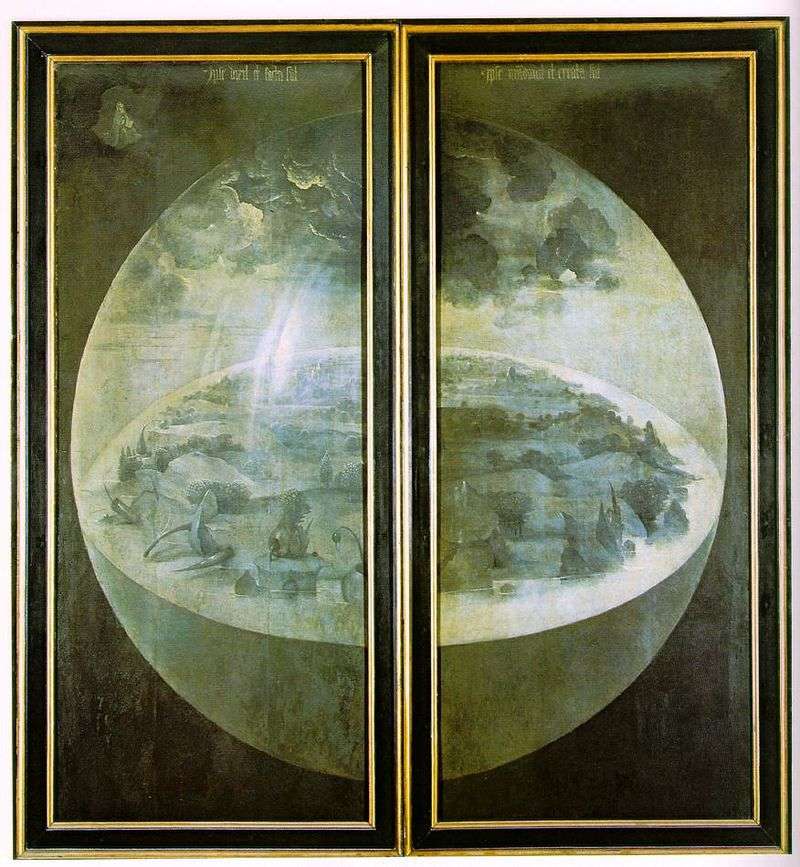 World creation. The outer leaves of the triptych Garden of earthly pleasures by Hieronymus Bosch
World creation. The outer leaves of the triptych Garden of earthly pleasures by Hieronymus Bosch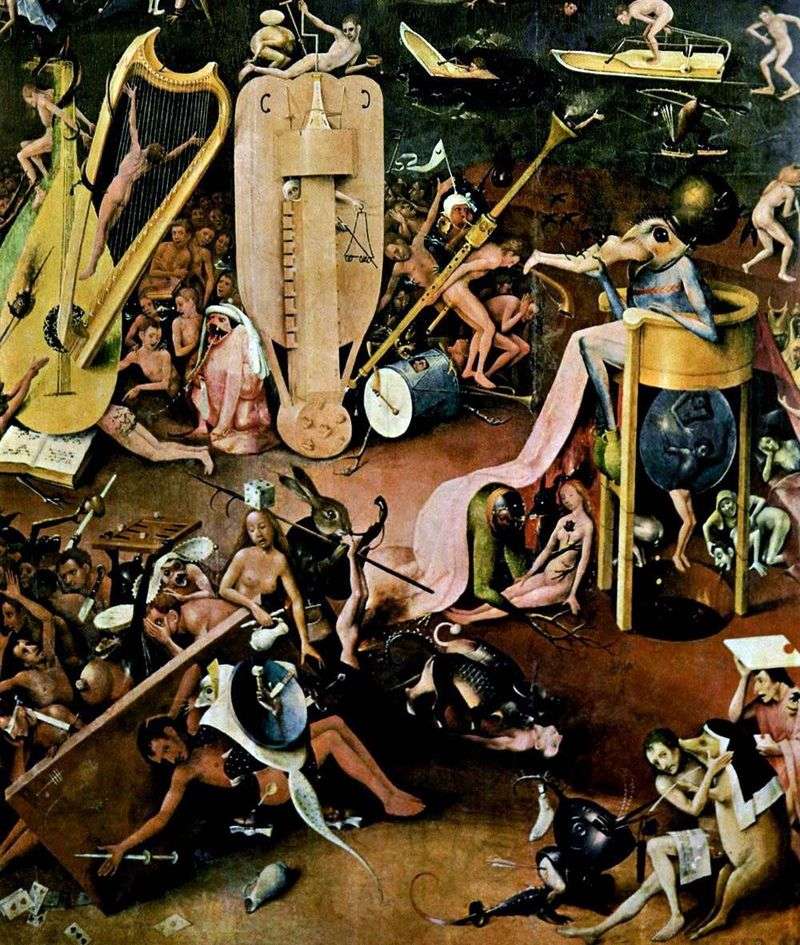 Hell. Detail of the triptych Garden of earthly pleasures by Hieronymus Bosch
Hell. Detail of the triptych Garden of earthly pleasures by Hieronymus Bosch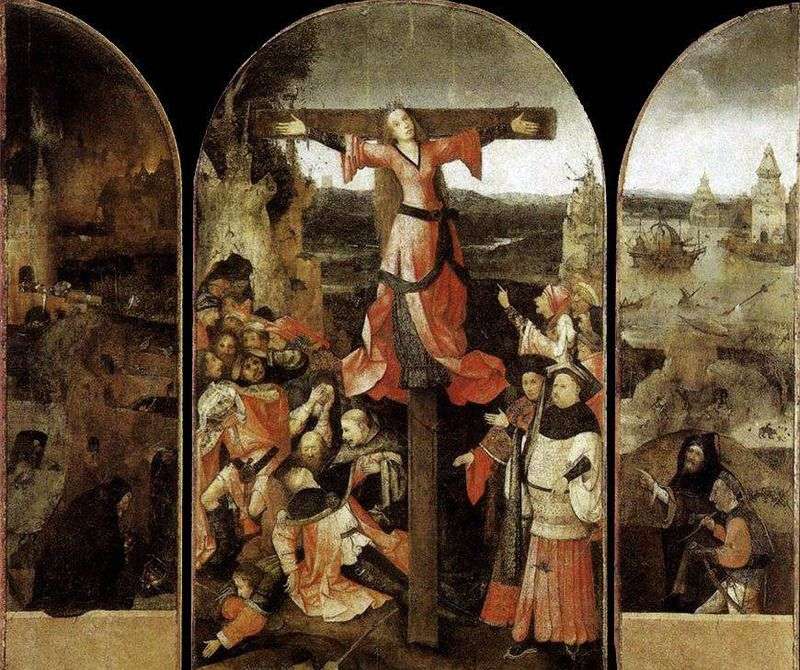 Martyrdom of the Holy Liberty. Triptych by Hieronymus Bosch
Martyrdom of the Holy Liberty. Triptych by Hieronymus Bosch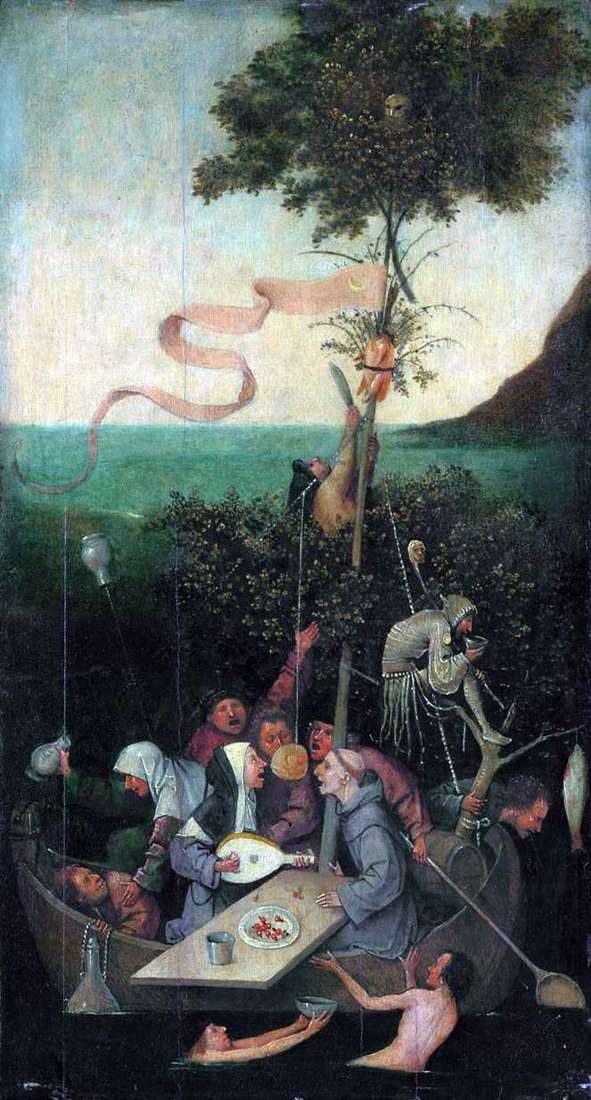 Ship of Fools by Hieronymus Bosch
Ship of Fools by Hieronymus Bosch Hell. The right shutter of the altar The Last Judgment by Hieronymus Bosch
Hell. The right shutter of the altar The Last Judgment by Hieronymus Bosch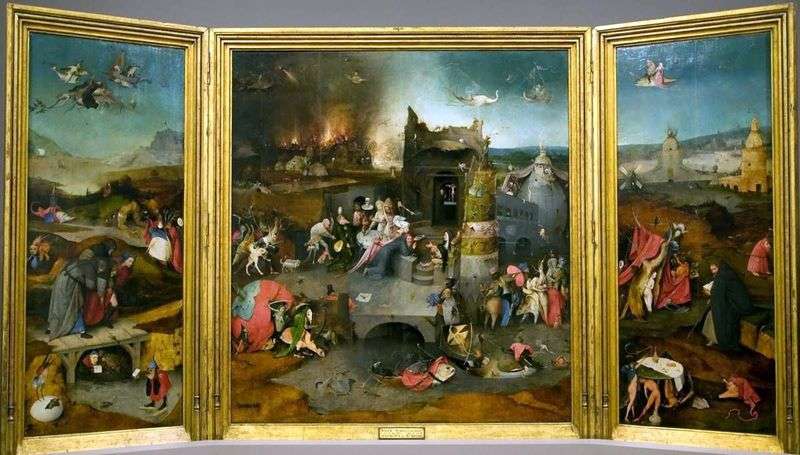 The Temptation of St. Anthony by Hieronymus Bosch
The Temptation of St. Anthony by Hieronymus Bosch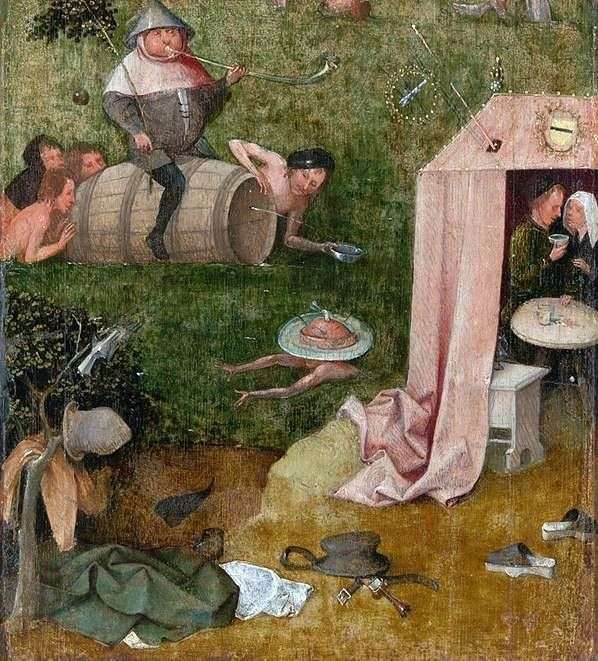 Allegory of gluttony and lasciviousness by Hieronymus Bosch
Allegory of gluttony and lasciviousness by Hieronymus Bosch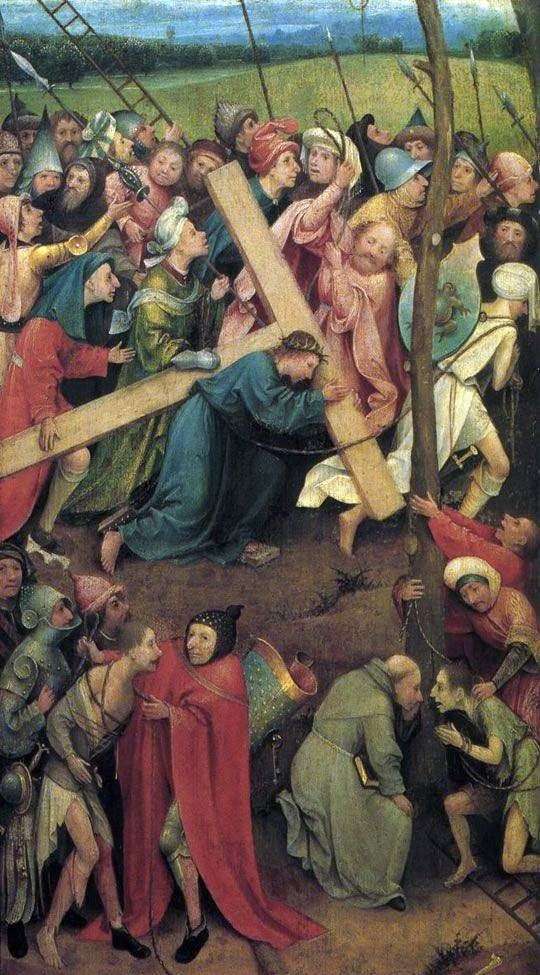 Carrying the Cross on Calvary by Hieronymus Bosch
Carrying the Cross on Calvary by Hieronymus Bosch